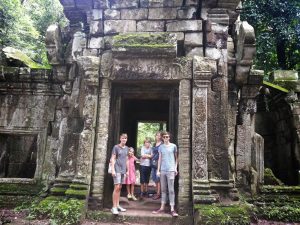API Live Episode: AP Month 2020 Parenting for PEACE: Positive Childhood Experiences
Guest: Christina Bethell, PhD, of Johns Hopkins University, Program Host: Patricia Mackie, Special AP Month Episode Host: Artemisia Yuen, Welcome by Samantha Gray, API Executive Director

Christina Bethell, PhD, of Johns Hopkins University on Positive Childhood Experiences sits down via Zoom with API’s Art Yuen.
API brings you a new interview with this leading researcher and advocate on positive childhood experiences (PCEs).
API Live Podcast Episode with Christina Bethell and Art Yuen
Restoring relatedness should be taken as seriously [in public health] as curing cancer.
Christina Bethell
Have you been feeling stressed lately?
You don’t have to be a parent to watch, soak-up, and share this mega-dose of care, straight news about stress, and simple healing tools from Christina Bethell.
Christina puts relationships at the center of her Captain Marvel-sized work in public health.
She’s working to shift big health systems and services to focus on relationships as the most fundamental element of health, especially for children.
In this episode of API Live, Christina gives a birds-eye view of that work, then quickly shifts to share immediately useful examples of the way systems might work so that everyone can access healing “through any door.” She shares new ideas about stress, healing and gives us several simple tools and supports we all have available and can begin using now. These tools aren’t merely for coping, but they help us grow, even in the face of stress.
In a year that feels like a big loss, especially for health, everyone deserves to hear how we can access our very own health super-powers – for us, our children, and our world. May your 2021 be filled with healing and health.
API Live Podcast Episode with Christina Bethell and Art Yuen
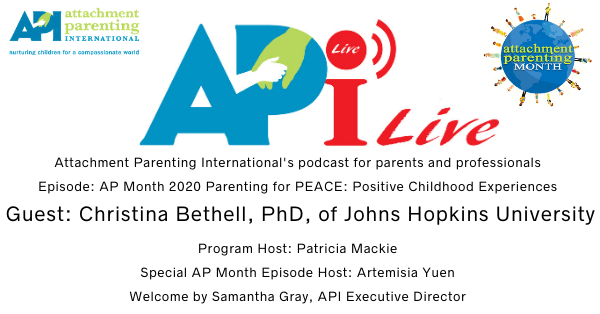
Join API in this episode to hear from Christina about:
- How cultivating positives may not cancel out stress, but does allow us to heal and evolve
- Recommendations for individual, family, and work resilience plans
- Acknowledgement of how parents are often called to provide nurturing warmth when we least feel able
- Tips for engaging in art, movement, music, play, and time in – because we all need a “sense of mattering”
API Live Podcast Episode with Christina Bethell and Art Yuen
references & selected publications from christina bethell
- The New Science of Thriving
- Family Resilience And Connection Promote Flourishing Among US Children, Even Amid Adversity
- Adverse Childhood Experiences, Resilience and Mindfulness-Based Approaches: Common Denominator Issues for Children with Emotional, Mental, or Behavioral Problems
- Healing in place: Game on to flip the COVID19 threat into a positive experience for our children
- Read more about Christina and her research

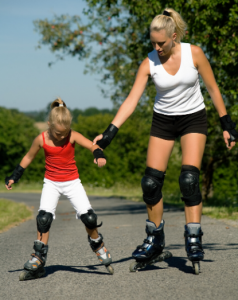 Back to the question, maybe you didn’t think about music, but about how often you’ve taken a “rock and roll” attitude to life these days. Recklessness isn’t the goal,
Back to the question, maybe you didn’t think about music, but about how often you’ve taken a “rock and roll” attitude to life these days. Recklessness isn’t the goal, 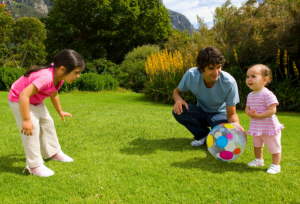
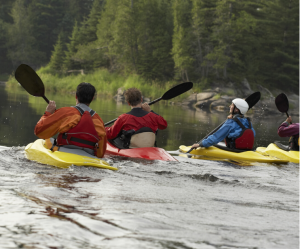 Boating gives us the phrase “don’t rock the boat” probably because rocking the boat could cause it to roll, empty its contents and even sink. So rocking may be fine for boats if it’s gentle, but rolling generally isn’t desirable.
Boating gives us the phrase “don’t rock the boat” probably because rocking the boat could cause it to roll, empty its contents and even sink. So rocking may be fine for boats if it’s gentle, but rolling generally isn’t desirable.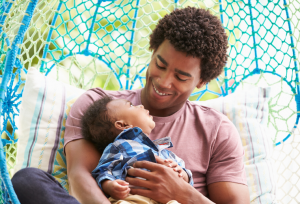


 This story was written by Susan Perrow for use with young children (suggested ages 3-5 years) who are required to stay home during the current COVID-19 pandemic, or who have had their freedom severely modified (e.g. perhaps they can attend school but can’t attend special assemblies, festivals, parties or events).
This story was written by Susan Perrow for use with young children (suggested ages 3-5 years) who are required to stay home during the current COVID-19 pandemic, or who have had their freedom severely modified (e.g. perhaps they can attend school but can’t attend special assemblies, festivals, parties or events).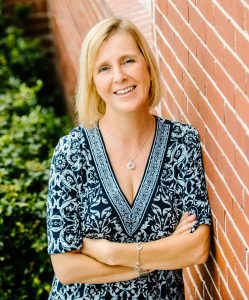 Whether it’s a natural disaster, individual family trauma, or as now a pandemic, families can struggle when daily life is thrown upside down due to these events and the stress evades our every action and all our thoughts. Children are not immune to this and even infants and toddlers know that something worrying is happening. They will respond to the stress we are exhibiting which in turn raises our own struggles as parenting a stressed child is all the harder. It becomes a negative cycle and impacts all family members. So, what should we watch for in our littles to know how they are experiencing this and what we can do to limit the negative impact on them? By now we know how to wash our hands in order to keep our family physically healthy but how do we keep our young children (and thus ourselves) psychologically healthy?
Whether it’s a natural disaster, individual family trauma, or as now a pandemic, families can struggle when daily life is thrown upside down due to these events and the stress evades our every action and all our thoughts. Children are not immune to this and even infants and toddlers know that something worrying is happening. They will respond to the stress we are exhibiting which in turn raises our own struggles as parenting a stressed child is all the harder. It becomes a negative cycle and impacts all family members. So, what should we watch for in our littles to know how they are experiencing this and what we can do to limit the negative impact on them? By now we know how to wash our hands in order to keep our family physically healthy but how do we keep our young children (and thus ourselves) psychologically healthy?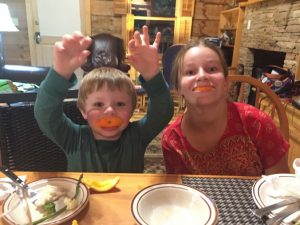 Behaviors we may see–
Behaviors we may see– Behaviors we may see–
Behaviors we may see– Behaviors we may see–
Behaviors we may see–